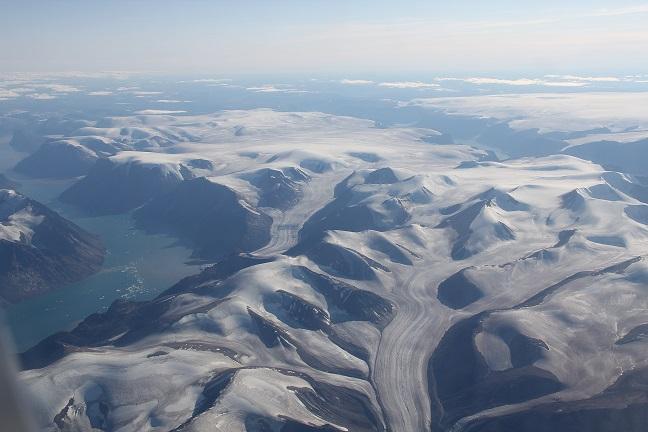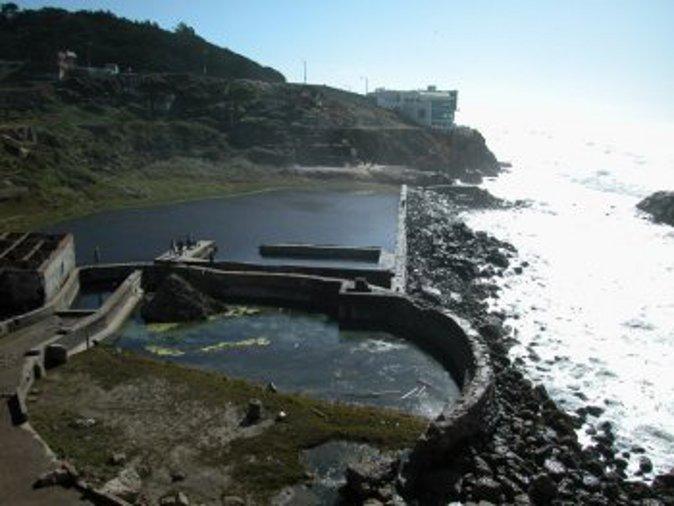Original article at www.gonomad.com
Arctic art adventures of Canada
Baffin Island in Nunavut, Canada is the fifth largest island in the world. It was named after seventeenth century English navigator William Baffin. The entire island is littered with Vikings remains from the Pre Columbian era.
Scholars have concluded that Nunavut is Helluland, the island referenced in the Saga of Erik the Red. Some of the Baffin Mountains’ names are indication enough of the Nordic influence. There is Thor’s Peak, Mount Odin and Mount Asgard. All of which are available for rock climbing. An other similarity that Baffin Island shares with Scandinavia is a lovely view of the Northern Lights!
Pond Inlet
The Great Canadian Travel Company Tour starts in Pond Inlet for two days. This region was initially settled by the Dorset
and Thule people. Evidence of such is revealed in recent archaeological digs with findings of Dorset face masks with Caucasian features (signs of interactions with Europeans).
Also an other aptly named mountain of the Baffin Mountains is Mount Thule.
The archaeological sites are an other highlight of traveling to Baffin Island. Pond Inlet provides local run tours of some archaeological findings of the Dorset people.
The Dorset was a Paleo-Eskimo culture preceding the Inuit. Their name comes from Cape Dorset where evidence of their existence was first discovered.
The Thule people showed up in the area right between the Dorset and Inuit. Their name is also derived from where their artifacts were initially found in Thule, Greenland. It has since been renamed to Qaanaaq.
Several Inuit traditions are well ingrained in the culture today. Dog sledding with qamutiq is still quite popular. A qamutiq is a wooden sled carefully designed to go over different kinds of ice. Women are frequently seen with amautiqs. These are hooded knit works made to carry infants on their backs. Not to mention the town has many traditional native artwork and wood carvings in various local shops.
Pond Inlet has many nature-based things to enjoy, as well. For example, the tour of the floe (sea ice) edge gives the options of kayaking and hiking during the summer. However locals like to head into the woods and camp out at family-inherited sites. Also featured is Sirmilik Park which means “place of glaciers” is, as the name implies, a glacier park with many fjords.
Place of Many Fish
The next stop on this excursion is Iqaluit or “place of many fish” is a frontier town that is the capital of Nunavut (which means “our land” in the Inuktitut language). It was founded in 1942 as an American air base and the first permanent inhabitant was an Inuk guide to the Air Force to help choose a large flat piece of land for a landing strip.
A distinctive building of Iqaluit is St. Jude’s Anglican Cathedral which was a white building shaped like an igloo.
Originally built by the parishioners under the guidance of Markoosie Peter (a traditional master carpenter) the altar was shaped like a traditional Inuit sled and the cross composed of two crossed narwhal tusks.
This was a beautiful homage paid to the Inuit way of life and celebration of the unique species that Call Baffin Island home. Unfortunately, it was burned down in 2005 but gradual reconstruction has been in the works ever since nearing very close to re-opening.
Iqaluit is also home to many filmmakers, musician and artists.
The town is used for authentic locations for filming. A product of the artistic community is an annual week long Aliantait Music and Arts Festival held every summer solstice. In addition to the music festival, every spring volunteers hold the Toonik Tyme festival. This celebrates traditional Inuit activities.
There are also ancient Thule sites among this area. Qaummaarviit Territorial Historic Park features Inuit artifacts. An other place to explore is the Nunatta Sunakkutaangit Museum as well as the Soper Heritage River Park. This park is home to summer camp sites, hills and glaciers and a lovely view of Greenland across the Davis Strait. Restaurants of this town serve “country food” like arctic char (a fish), Greenland shrimp and steak from muskox and caribou.
Copyright © 2014 by Go Nomad. This article was written by Jamie Kimmel and originally published at www.gonomad.com


